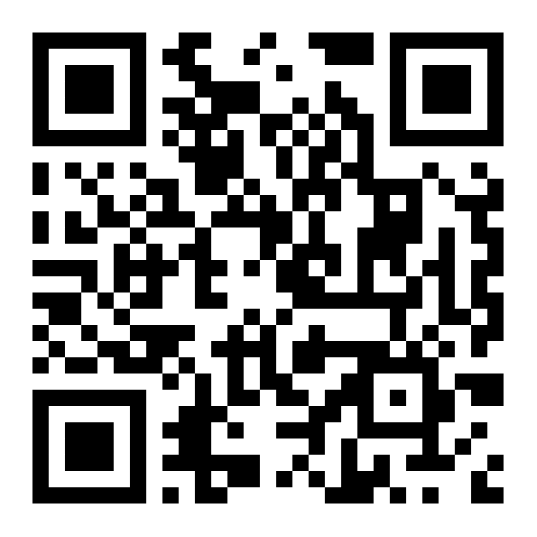Balsz School District

SUMMARY
Balsz School District, located in Phoenix, Arizona, consists of five school campuses with approximately 2,900 students enrolled. The district needed an easy-to-use and menu-driven asset tracking system to accurately track educational resources using barcode technology to save time and money, as well as to have complete control over the movement of their equipment.
THE CHALLENGES
Kor had two main goals in mind:
Make sure tracking the “One laptop per child” initiative was easy and cost-efficient.
The system needed to be implemented before the next school term.
With an endless flow of students and faculty, it can be easy for Balsz to misplace books and school supplies. This problem was compounded by the fact that school supplies included budget-straining technological equipment such as desktops, laptops, LCD monitors, VoIP phones, projectors, SMART boards, furniture and more. As the school district enrollment grew even larger—it planned to add another 2,000-3,000 assets in the following eighteen months—it became crucial to replace their old asset tracking program with a new system with dynamic capabilities such as the ability to use mobile barcode scanners. In addition, they needed to remove a number of inefficiencies, such as long equipment searches, from the equation.
FITTING THEIR NEEDS
The search began online for an asset tracking system that could easily integrate with their current active directory network and simultaneously possess the functionality of an efficient check out-check in system. Specific feature requirements included:
Assign asset categories.
Track whether an asset is active or inactive.
Improve the security of expensive assets being moved.
Control assets over multiple school locations.
Grant immediate access to asset location.
Account for lost and misplaced equipment.
Generate reports to track costs on all assets.
Check out laptops to students.
IMPLEMENTATION
After finding the ideal asset tracking system, getting it up and running was smooth and straightforward, meaning it only took about two hours from start to finish—installing the software, importing the data, and then configuring interface fields for importing users into the Inventory System and Asset Tracking Solution. Additionally, only after an hour of training, the staff was using the system with mobile barcode scanners without an issue.
ASAP Systems recommended barcode system that included:
Asset tracking software including mobile licenses with few concurrent users.
online installation and online training.
A couple of Motorola barcode scanners as well as a few barcode printers.
Silver support deal for customer support.
THE SOLUTION
In the past, the school was losing money replacing equipment at an alarming rate. Now they are managing around 9,000 pieces of equipment and making sure the “one laptop per child” initiative is running successfully, with firm visibility over assets located throughout all locations.
The feat was accomplished by adding and importing every asset into the sequel server database of the Inventory System and Asset Tracking Solution, then giving each piece an asset number and an asset barcode tracking tag. When a laptop is assigned to a student, it is simply scanned and assigned to the student who will be using it; then, the data is quickly synchronized back to the centralized database. This gives staff real-time tracking capability and the ability to easily configure and generate reports that give an up-to-date picture of who possesses a laptop or where it is located.
“Being a public school district, we often have unique software requirements that most private businesses don’t have. The Inventory System and Asset Tracking Solution has done a wonderful job adapting to our requirements to make our lives easier and to make Passport a better barcode system overall,” says Kor.
Using ASAP Systems’ asset tracking barcode system provided Balz School District with the tools needed to successfully track and control school resources as they continue to grow. The day-to-day task of checking out and checking in items became routine through the use of barcode labels, scanners and printers.


